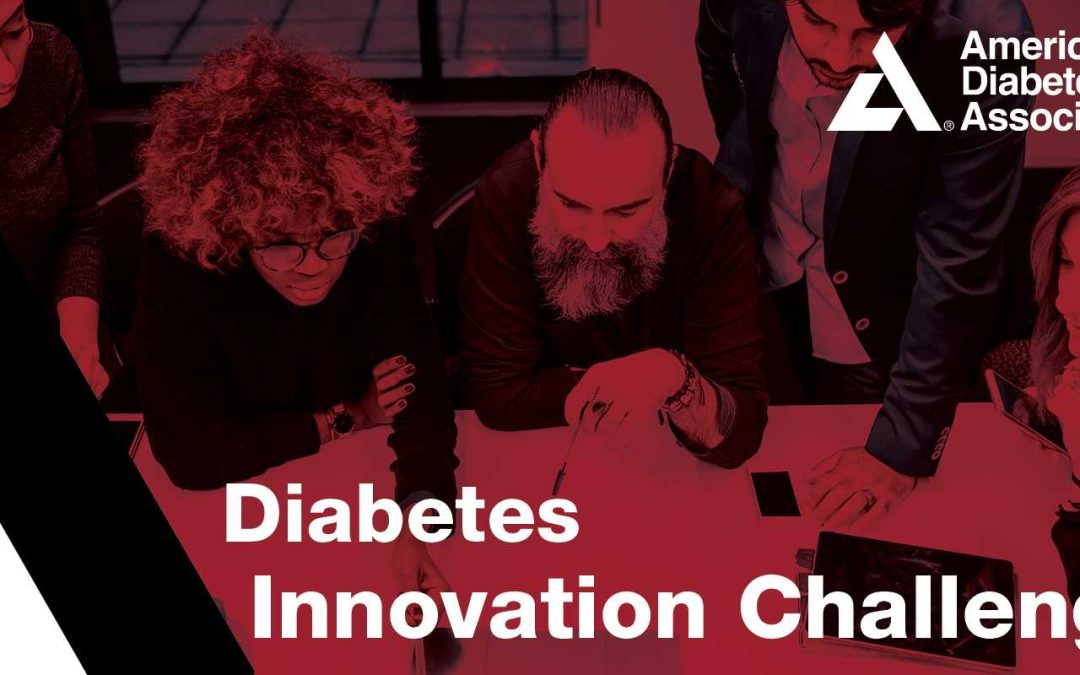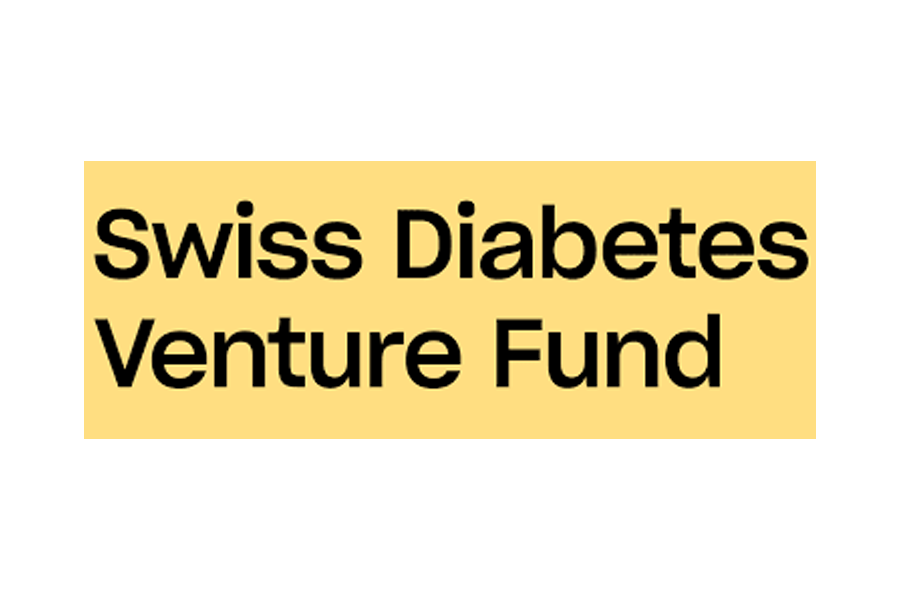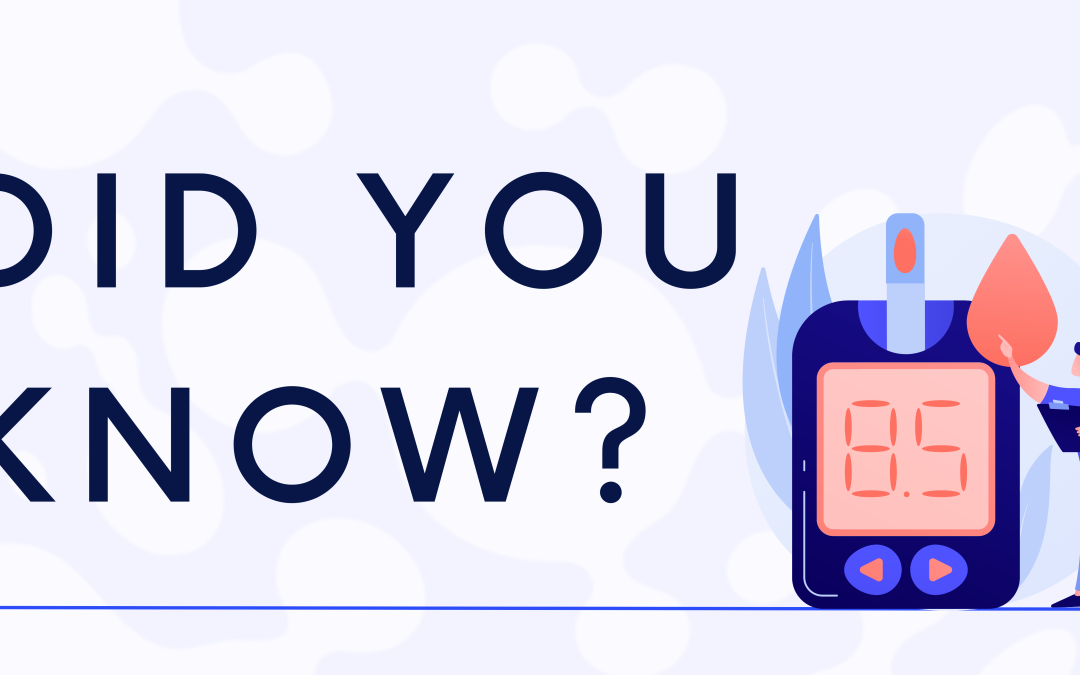We are thrilled to present you with the next episode of our series!Dear readers, As part of Diabetes Awareness Month,...

The FibreGum study – Changing the course of obesity
The FibreGum study – Changing the course of obesity
The goal of our study is to increase weight reduction in obese children and adolescents by stimulating the gut microbiome with a chewing-gum containing dietary fibres as an adjunct treatment to standard adiposity therapy.

Around one in six children in Switzerland is affected by overweight or obesity and the prevalence continues to rise. This increase in obesity and its associated comorbidities represents a huge socio-economic burden, as it leads to increased morbidity and mortality. Obesity is not only a chronic disease in itself, but also a major risk factor for the development of the world’s leading causes of poor health and early death; namely cardiovascular disease, various cancers, diabetes and osteoarthritis.
Read more about the project here.
More recent news
DCB newsletter #4/25: Voices of the community – meet the DCB Lived Experience Panel (Part 3)
DCB Newsletter #3/25: Menstrual cycle and insulin requirements
We are thrilled to present you with the next episode of our series “INSIDE DCB”!Research at the Diabetes Centre Berne:...
DCB Newsletter #2/25: DID YOU KNOW… that staying active with Type 1 Diabetes doesn’t have to be complicated?
Dear Community, For many people living with Type 1 Diabetes (T1D), physical activity can bring unique challenges....





